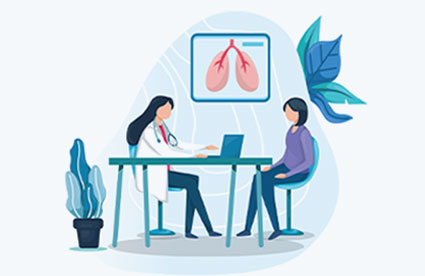How to interpret a capnogram? Capnography can be an addition to a caregiver's toolkit. A recent survey of EMS1 readers showed that over 95% believed capnography was easy to understand and an important monitoring tool for patients such as cardiac arrest, respiratory distress or sepsis. Capnography is a measurement of carbon dioxide in a patient's exhaled breath over time. Commonly used during anesthesia, capnography is increasingly used by field paramedics for a variety of purposes, including assessing the success of resuscitation efforts, confirming clinical mortality, and analyzing the cause of respiratory distress.
How does the interpreting capnography work? One of the properties of carbon dioxide ( CO2) is that it absorbs infrared radiation. When the patient exhales, a beam of infrared light passes through the gas sample on the sensor. The presence or absence of CO2 is inversely indicated by the amount of light passing through the sensor. High CO2 levels are indicated by low infrared, while low CO2 levels result in high light levels. The CO2 level is then displayed on the detector and adjusted for the presence of nitrous oxide, which also absorbs infrared light, so it can cause some confusion if not taken into account. What a capnograph measures is called end-tidal CO2 (ETCO2) or end-tidal carbon dioxide release (or partial pressure), which is critical for assessing cardiac output.
The level of CO2 in the blood is very important for proper oxygenation and metabolism, which is why interpreting capnography is so useful. The irregular amount and degree of CO2 in a patient's breath can tell a healthcare provider a lot about the condition and treatment needed. In hospitals, capnography is traditionally used during anesthesia to monitor metabolic processes, including exhalation and arteries, through CO2 levels.
In an EMS environment, capnography has a variety of uses. High ETCO2 levels indicate the effectiveness of chest compressions during CPR and can be the first indicator of recovery of spontaneous circulation. In addition, capnography can be used to analyze the cause of a patient's respiratory distress, including asthma, chronic obstructive pulmonary disease, or bronchitis. It can also provide early warning signs of hypoventilation or airway obstruction before any changes in heart rate or blood pressure monitors.
How else can we explain the interpreting capnography? Capnography is a very effective way to identify decreased perfusion, as ETCO2 levels can also provide an early warning sign of shock. Finally, capnography could also provide a way to decide when it is reasonable to stop resuscitation efforts—in other words, certain ETCO2 activity levels could serve as confirmation of clinical death.
